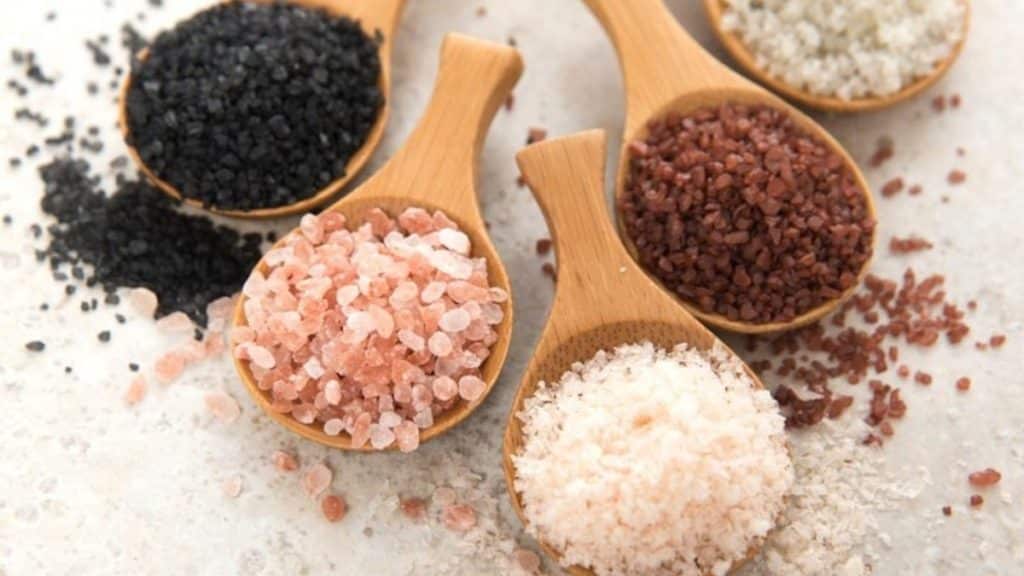Winter is one of the most beautiful times of the year. But the ever-present problem is ice. A very traumatic situation occurs on the roads. Pedestrians fall and get injured, cars are under the threat of accidents. It’s very dangerous.
The most inexpensive and inefficient method is the manual removal of snow and ice. Ice breakers, ice axes, and shovels are used here. This method is the cheapest and is acceptable in small areas. But it requires a lot of strength and endurance, not everyone can endure waving a crowbar in the freezing cold and wind!
More effective and modern is the sprinkling of roads, sidewalks, and courtyards with various substances against ice.
It is very convenient to buy technical salt in bags from bulk rock salt suppliers for de-icing both during transportation and for storage. If you plan to buy for use for a long period, such packaging is convenient to store.
Rock salt bags can be either with chemical impurities or completely natural. The first can include a variety of chemicals, which quickly give the effect, and liquefy the ice crust, which should be quickly removed. For the money, such materials are quite expensive, they cannot be reassembled, and they cannot be used repeatedly. There are both dry sprinkles from ice, and in the form of a liquid, the number and range of which increase every year. Some of the most popular deicers are Calcium Chloride products, Magnesium Chloride products, and Sodium Chloride Products.
The principle of action of chemical anti-icing agents is the same – to quickly dissolve ice and snow, turning them into salt slurry, the freezing temperature of which is significantly lower than the ambient temperature.
Salt – as we know from school – sodium chloride, in modern parlance – mineral concentrate halite, technical salt. In modern production processes, it has a great application.
Applications:
- Halite is actively used in the chemical industry;
- Medicine – preparation of various medicines;
- Salt solution is pumped into oil wells during drilling;
- Thermal processing of metal – chromium plating, nickel plating;
- Paint and varnish industry;
- To soften water;
- Scale removal;
- De-icing agent;
The only disadvantage of halite is the deterioration of our shoes, car tires and possible salinization of the soil. But this is only in the case of careless handling of the salt reagent, the sprinkling process must be controlled. At the same time, do not sprinkle near the root zone of trees, bushes, or near flower beds. Also, it is necessary to control near the rivers – it is better to sprinkle the embankment with granite chips, otherwise, the melted snow with salt and sand will go into the river, and the sea inhabitants and plants can die.
We are happy to recommend Bulk Ice Breaker Salt. It’s a powerful blend of four natural chlorides. It contains sodium chloride, calcium chloride, potassium chloride, and magnesium chloride. It excels over other road salts because this blend of chlorides is very powerful, effective, and fast. Naturally, the mixture includes about 50 other trace elements, allowing this mixture to work effectively even at 0°F. Ice Breakers pink color eliminates overlap during the application, ensuring even distribution on concrete and asphalt to melt ice and snow.
Benefits:
- 70% less aggressive than traditional white road salt
- Safe for use in the presence of children and animals
- Excellent density, uniformity, and moisture content
The next great recommendation is Treated Salt with YPS (Yellow prussiate of soda), Liquid Magnesium Chloride, and Potassium Acetate. This salt is dyed blue in color. It is a great option for melting ice at lower temperatures than traditional salt. Effective at temperatures as low as 0°F.
Both the process of sprinkling and the control of these actions is not a special physical effort, any person can cope with such work.
To sprinkle our streets, roads, and sidewalks not only the physical human factor is used, you can often see a special technique that disperses the reagent on the snow-covered surface. This option gives quick, effective results, especially in the morning when the first ice suddenly appears.
Nevertheless, technical salt in bags is the most sought-after means in the difficult struggle with ice.
